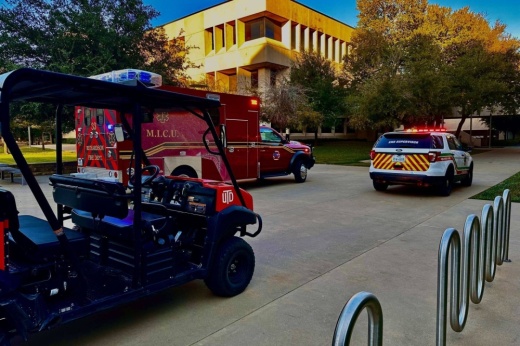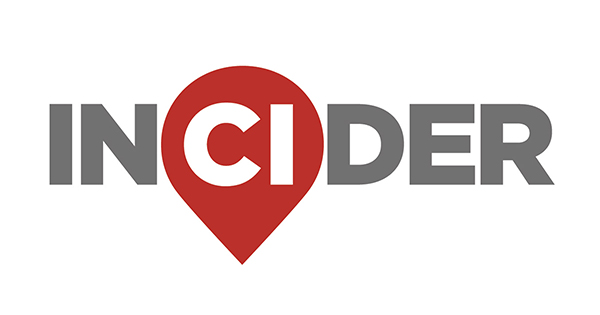The program is student-led and one of three collegiate EMS organizations in the state, EMS Director Sheila Elliott said, adding there are only about 300 organizations nationwide.
Additionally, the organization was awarded Collegiate EMS Organization of the Year from the National Collegiate EMS Foundation. Other universities such as Stephen F. Austin University, Southern Methodist University and University of Texas at Arlington have contacted Elliott with interest in starting a similar organization.
The big picture
The University Emergency Medical Response is a registered first responder organization offering emergency medical services on campus, Elliott said. All of the organization’s volunteers are licensed EMT or paramedic, either from external programs or through the university’s EMT/paramedic program. It currently has about 100 volunteers who typically work three-hour shifts.
How it works
The organization partners with Richardson Fire Department to provide rapid response on the campus.
“We can arrive about two or three minutes before RFD, which enables patient care a lot earlier,” Elliott said.
Richardson Fire Chief Curtis Poovey said when a 911 call related to the campus occurs, both Richardson Fire Department and University Emergency Medical Response volunteers receive the call.
Volunteers make initial patient assessments, triage and begin basic treatment, Poovey said.
For critical calls, both campus volunteers and city first responders are dispatched. Volunteers from UEMR allows for initial assessment, care and transmission of data such as EKG information, to RFD before their arrival.
For non-critical calls, UEMR can assess patients, take vitals, and advise on next steps, saving RFD resources.
"That saves Richardson's resources because if it's not a critical call, we can go get blood pressure,” Elliott said. “They do an assessment and determine, ‘hey, do you really need to go to the hospital?’"
The background
The UEMR program was started by two students, Umer Nadir and Nidhisk Lokesh, in 2017, Elliott said.
The organization initially began by offering services at events such as graduation ceremonies and games but now operates 24 hours a day, seven days a week, with the exception of major holidays, Elliott said.
What else?
To become a member of the organization must be a UT Dallas student and potential volunteers first take an exam, followed by an interview and then test their skills.
New recruits undergo a six week training period on various protocols, such as operating the radio, Elliott said.
Additionally, volunteers continually train, which is typically done when they are on shift.
While a majority of volunteers are on a pre-med track, any UT Dallas student can volunteer as long as they are licensed EMT or paramedic.
Volunteers handle 63% of EMS calls without RFD intervention, Poovey said, adding about 27% of calls require transport to the hospital.
Notable quote
Poovey said the collaboration with UNR is seen as a crucial piece of the broader partnership between the city and the university, making a "huge impact" on public services.
“I can’t say enough about them,” Poovey said. “It’s a great team.”





